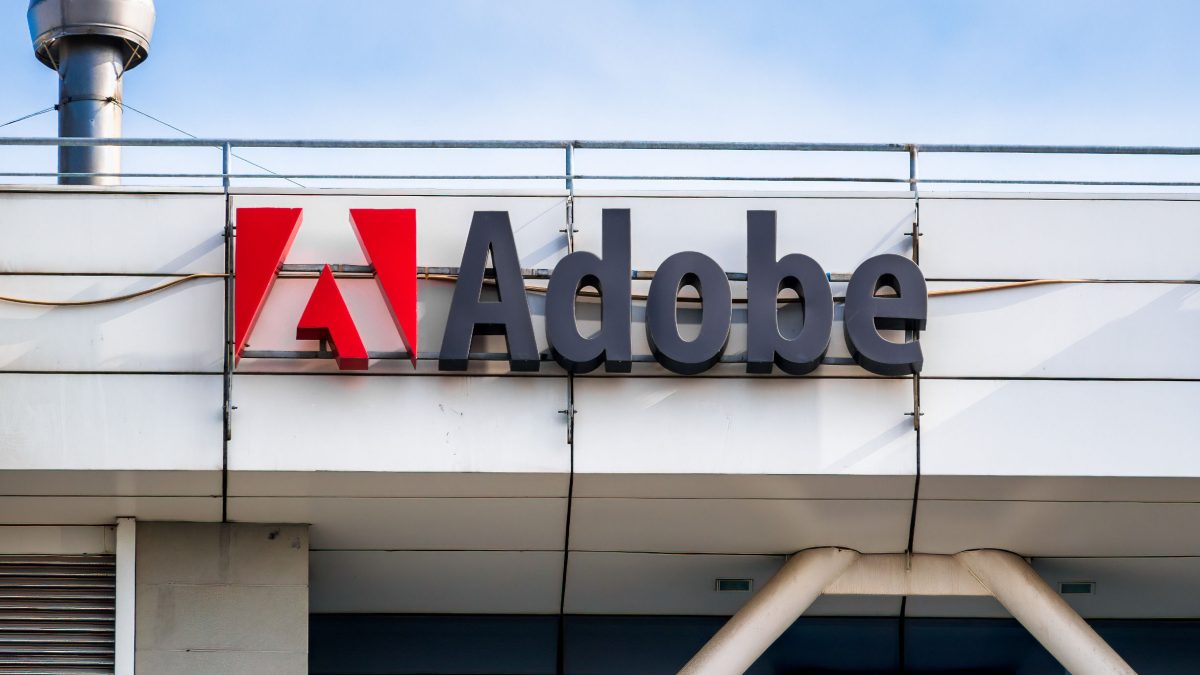Adobe Inc. delivered solid Q3 results, surpassing expectations on both revenue and earnings per share (EPS).
However, the company’s lowered guidance has alarmed investors, causing the stock to drop 8%.
This unexpected shift comes just days after Adobe announced its upcoming AI-powered video tool, Adobe Firefly Video Model, set for beta release later this year.
The key question now is: why is Adobe lowering its guidance despite the launch of this highly anticipated AI product?
Adobe’s AI investments and revenue growth
Adobe’s fiscal year ends in November, raising eyebrows over why the company doesn’t expect its new AI tool to significantly impact its top line.
Investors are increasingly asking when companies like Adobe will begin to see meaningful returns on their AI investments.
Despite the buzz around AI, Adobe’s recent performance shows a disconnect between AI product development and revenue growth.
Adobe’s Digital Media segment, its largest revenue generator, brought in nearly $4 billion this quarter.
However, while the segment continues to grow, the pace has slowed.
This has led to questions about Adobe’s AI-driven tools, already integrated into its Creative Cloud suite, and why they haven’t yet spurred stronger financial results.
The uncertainty is contributing to Adobe’s stock decline, with many wondering if the forthcoming AI video tool will be the game-changer the company needs.
Is AI becoming another dot-com bubble?
Adobe’s situation has sparked comparisons with the dot-com bubble, where companies heavily invested in emerging technology without seeing immediate financial returns.
In today’s tech landscape, AI is viewed as a must-have for companies looking to stay competitive, but many—like Adobe—are struggling to convert AI investments into significant revenue growth.
The market’s optimism around AI could be premature.
While AI technology is undoubtedly shaping the future, much like the internet did during the dot-com era, inflated valuations and expectations may be setting companies up for disappointment.
Adobe’s lowered guidance despite its aggressive AI push is just one example of how the AI “boom” might not be delivering the growth investors expected.
Adobe’s struggle to turn its AI investments into immediate revenue raises broader concerns about the tech sector’s valuation.
As more companies reveal similar challenges, the market could be forced to reevaluate its expectations for AI-driven growth.
Whether this leads to a market correction or a larger bubble burst reminiscent of the dot-com era remains to be seen.
The post Adobe’s lowered guidance raises fears of AI bubble, echoes dot-com crash appeared first on Invezz

